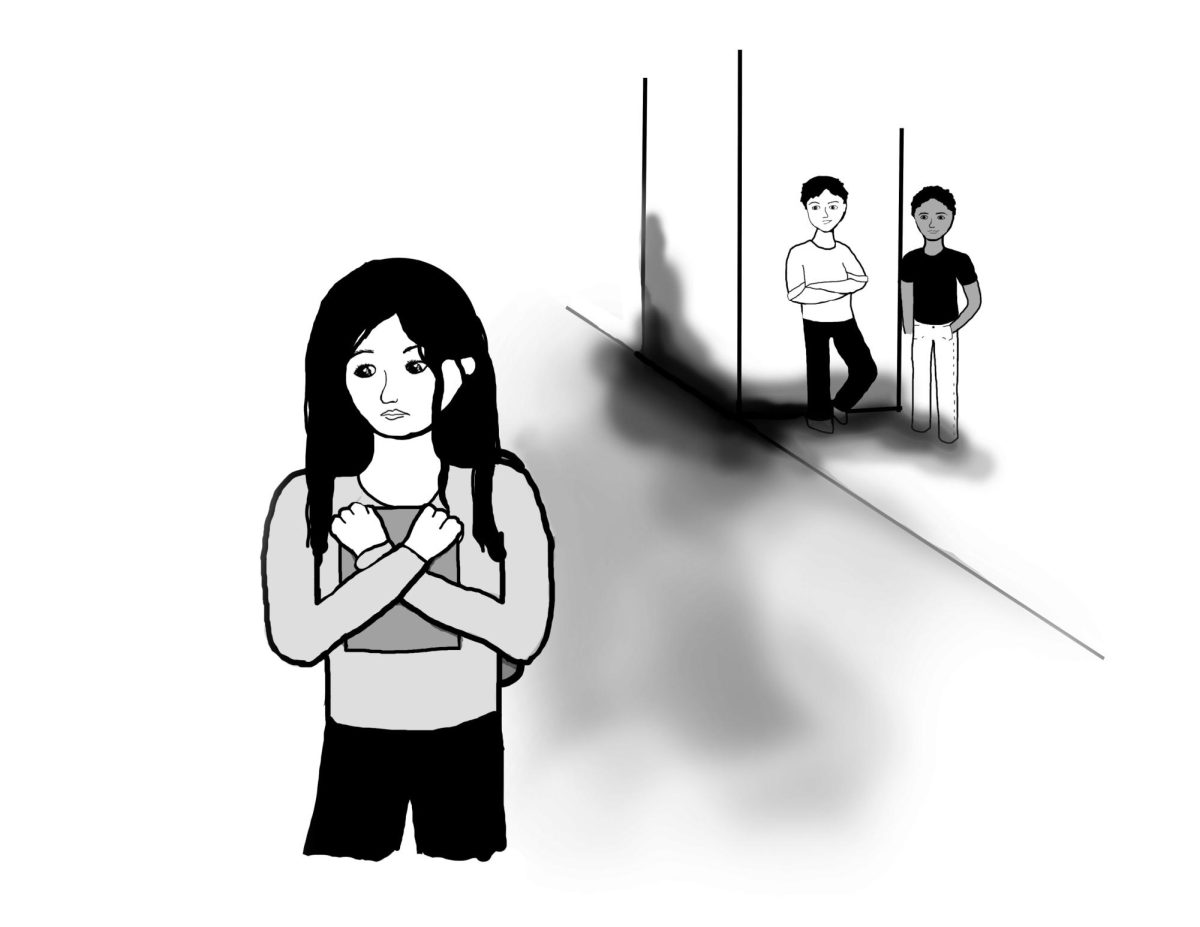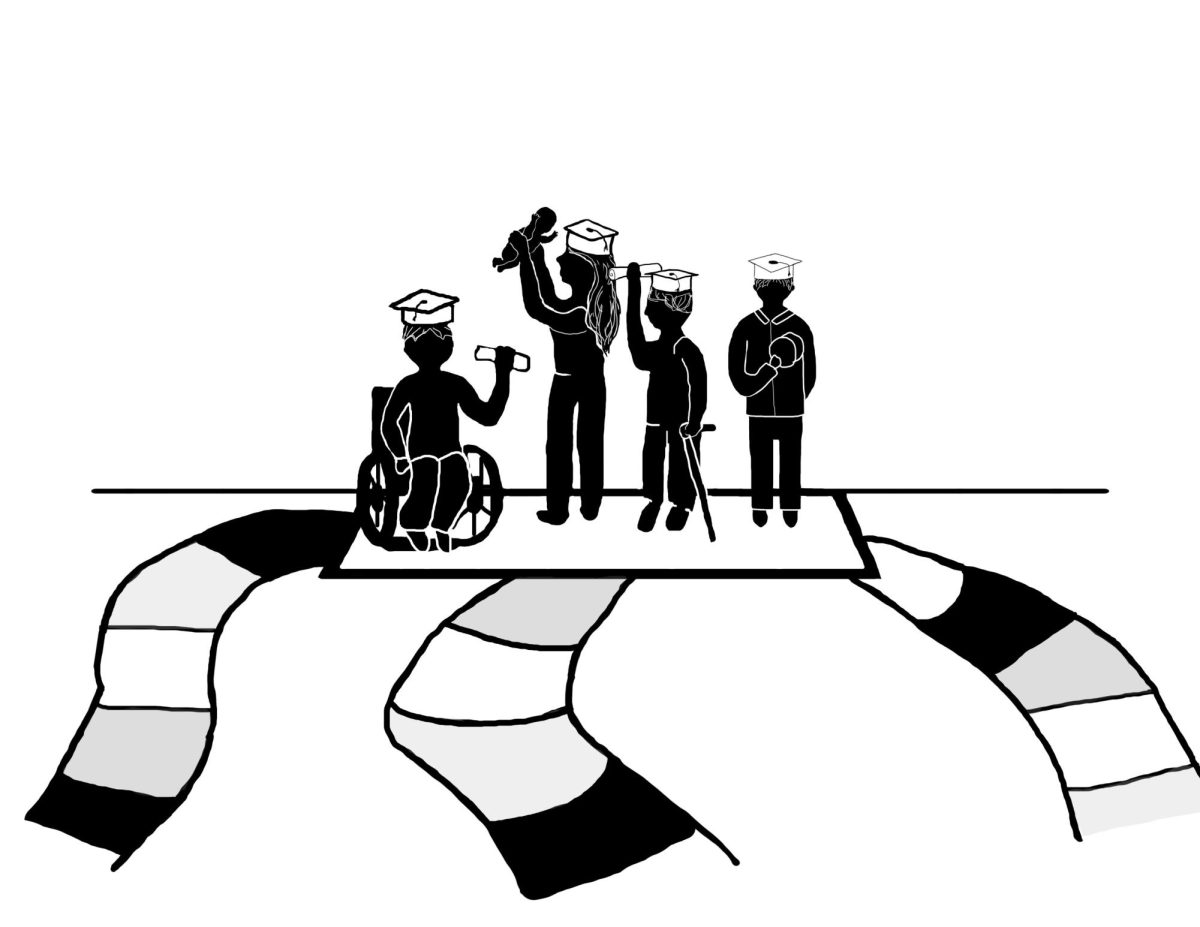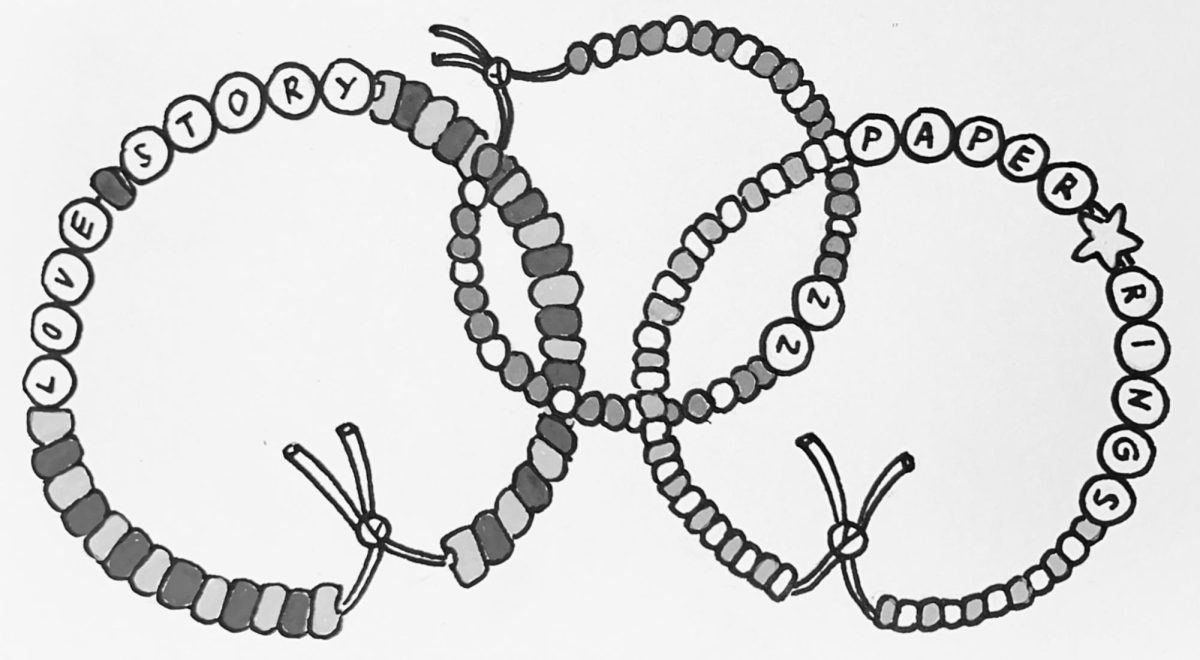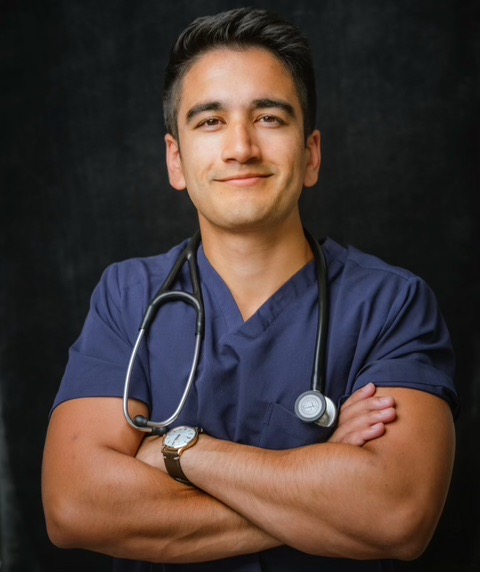It’s no secret that Core has undergone big changes to become the Encounters that first-years are taking this year.
“Core has gone through a massive evolution to become Encounters,” said Elyse Semerdjian, associate professor of history and encounters representative for the general studies committee.
The biggest change was the removal of the word “western” in the description, which opens up the course to texts from other parts of the world. This can be seen in the addition of texts such as “The Bhagavad-Gita” and “The Qur’an.”
“We had taught it for so long that we felt the need for some change and we all acknowledged that it was exclusively western,” said Margo Scribner, senior adjunct assistant professor of English and general studies, who has taught Core for 26 years.
“This is a very different syllabus than what we had before,” Semerdjian said.
While a lot of the texts are the same, some are completely new. This is also the first year of Core that includes film; “City Lights” was included this semester.
There are also now two plenary lectures, which are new additions to the syllabus. For the most recent one on Wednesday, Dec. 2, all first-years went to Cordiner Hall for class to hear Associate Professor of Foreign Languages and Literature Zahi Zalloua lecture about the current reading, “Selected Writings” of Karl Marx.
There has also been a more general change, which is the addition of a theme. This year’s theme is “Encounters Ancient and Modern” but it can change from year to year.
“With the new course description, we can change the entire theme of the course from period to period,” Semerdjian said. New themes can be introduced and voted in, as often as every year.
“I think the new course offers a diverse range of perspectives. With each new text our eyes are opened more to how we’ve been shaped by our upbringing and culture and [we are invited] to engage and think about others,” said first-year Emily Berg.
First-year Heather Domonoske agreed that the texts are well-chosen.
“People here tend to like them,” she said. She added that Whitman students would probably not read these texts on their own, making them good choices for the class.
However, first-year Shannon McCarty said that she thinks the transitions between the texts could be clearer.
“The sequence of texts lacks some continuity,” she said.
First-year Claire Ostwald said that the units help focus the syllabus and help relate the texts to each other. She believes, though, that with the exception of “The Odyssey,” the texts seem glanced over.
“While I think it’s interesting to be exposed to so many different, diverse texts, the amount of time we spend on each one seems too short,” Ostwald said.
Semerdjian said that Core teachers have looked at many different kinds of freshman seminar models, such as one in which each section would have a different theme, but decided to stick with Core as it is.
“Ideally, the course is meant to be a conversation piece on campus. We hope that students discuss the texts over lunch as well as professors in the halls,” she said.
The idea is that all first-years read the same text at the same time, enabling them to discuss it beyond the classroom.
“Part of it is to give you some unity as an entering class,” Scribner said. She added that it can also make it so other professors a year or two down the line can take it for granted that their students have read certain works.
Having all the first-years take the same class at the same time means that many professors teach it. While there are some professors on contract just to teach Core, there are also math and science professors teaching. Semerdjian said that this is good for several reasons, one because it shows that these texts have interdisciplinary value. It also sometimes forces professors to teach outside of their subject area.
“It may be a challenge, but it’s meant to keep us on our toes as much as the students,” Semerdjian said.
Scribner agreed that it is an intellectual challenge.
“I had never read some of these works before,” Scribner said. “It’s really good for everybody.”
Although students are reading the same texts at the same time, not all agree that the conversation does successfully move outside of the classroom.
“I haven’t found that the conversation moves out of the classroom much, but I’ve found that just the discussion in class has been interesting and at times eye-opening for many,” said Berg.
Even though everyone is reading the same texts, Domonoske said that classroom experiences vary.
“Everyone has a very different Encounters experience,” she said. Domonoske pointed out that not only do different classes focus on different aspects of the text, but also that some classes are more discussion-based than others. Ostwald agreed.
“I’ve heard first-years say that their class is lecture-based, with discussion interspersed, but my class is all discussion-based,” Ostwald said.
Although it may be hard to make the classes uniform enough to create a campus conversation, Berg loves the class discussion.
“The in-class discussion has been nothing less than I expected. We really roll with the ideas and apply them to our own lives,” she said.











